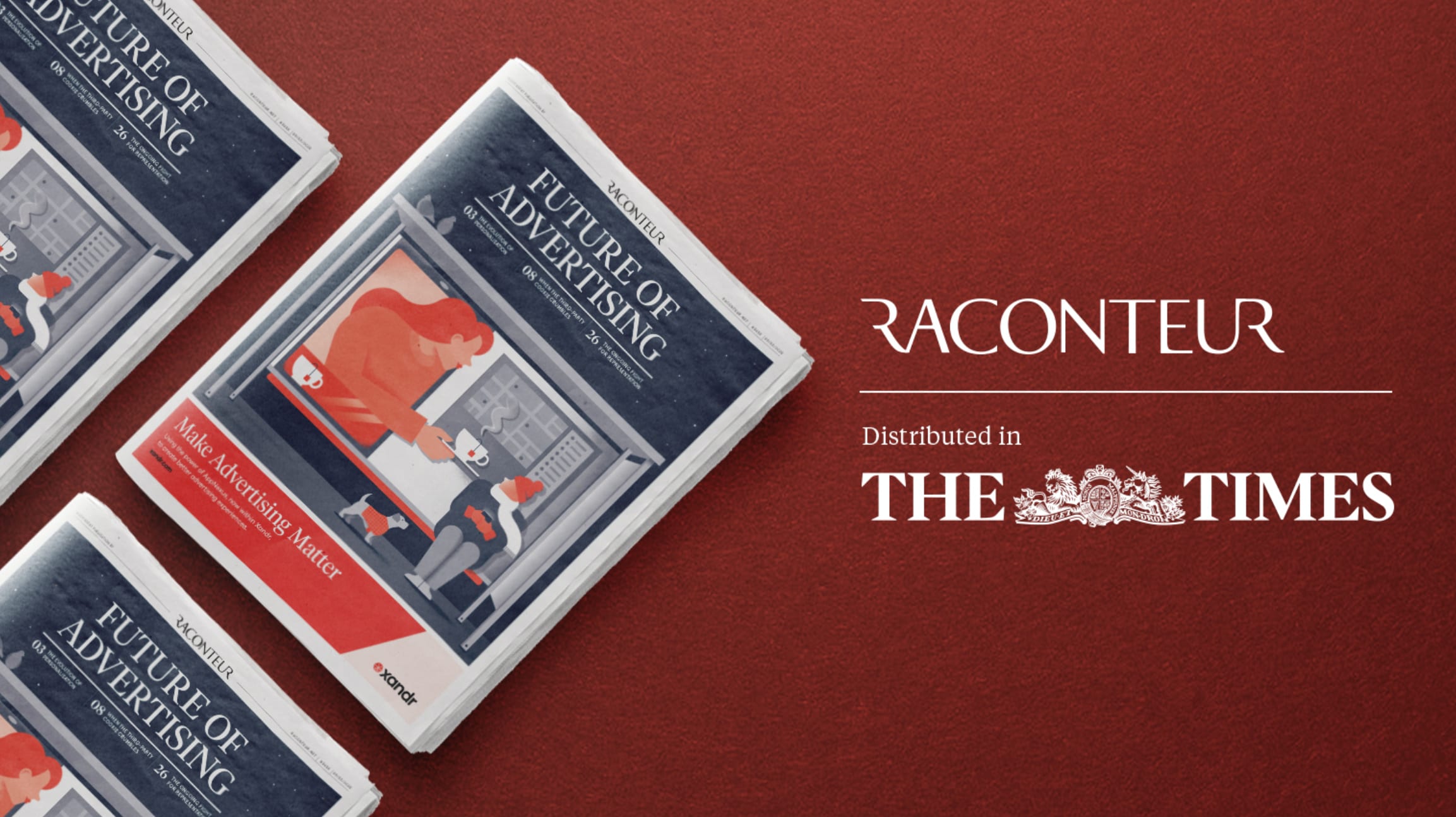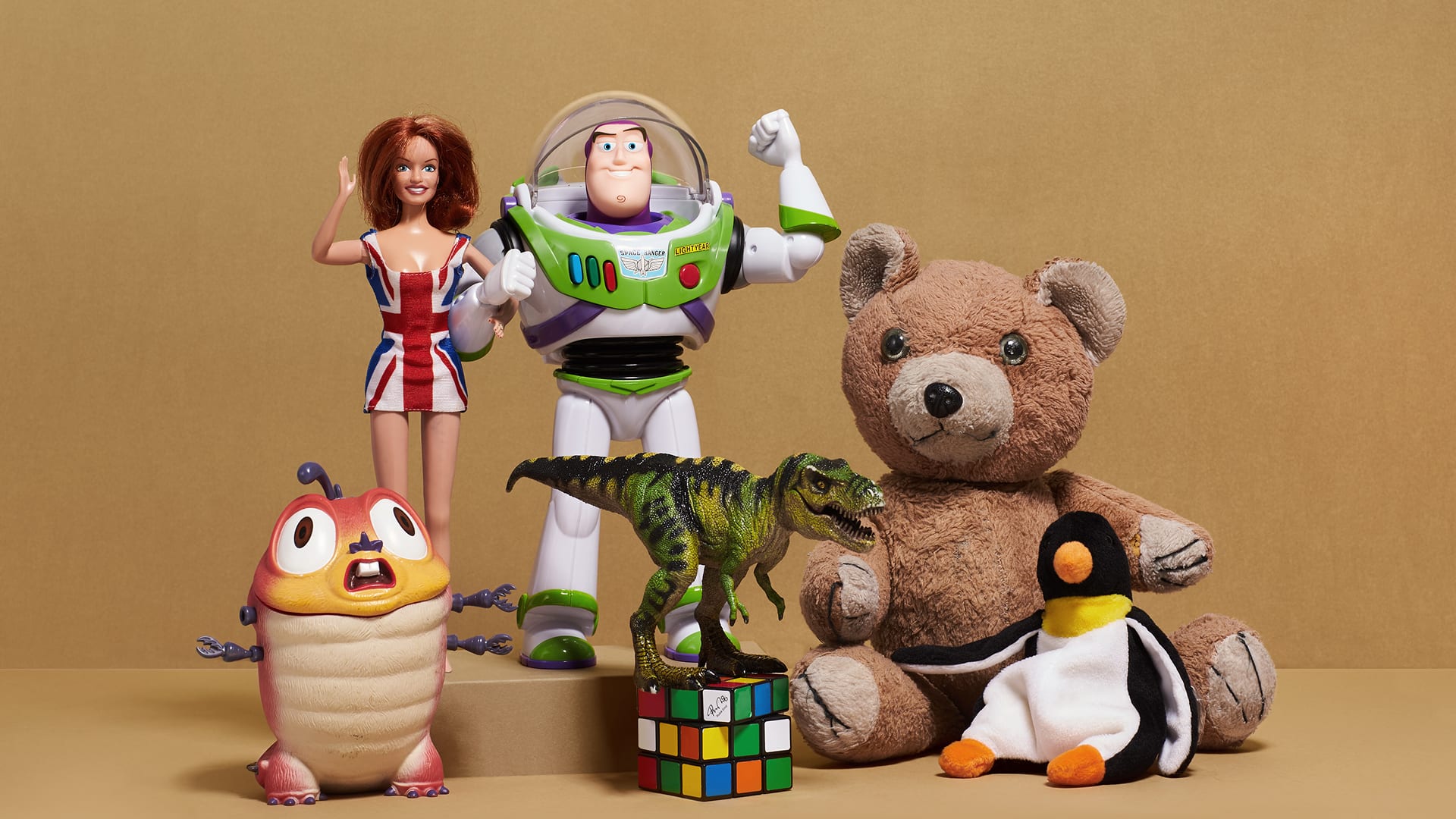Insights
Future of Advertising: Is inclusivity transformative?
Charlotte Dawson
09/03/20

In a post-demographic world, freer to construct their own identities and adopting habits that shift away from traditional demographics, consumers needs are changing, with the expectation on brands to create products which serve a wider community.
And this new fluid future driven by consumers should be widely and globally celebrated. However, the fact remains that only 1-2% of all employers in the sector are disabled and only 16% of creative directors are women. (Future of Advertising, The Times: https://www.raconteur.net/future-advertising-2020)
So, where do these consumers find representation?
When it comes to inclusivity as a whole, big global brands and retailers have so much influence and resource at their disposal, they wield a lot of power in being able to change the conversation around inclusivity gender and also disability.
Snapchat, for example were quick to recognise changing attitudes with their recent gender filter. Introduced by the app late last year, the filter allows users to see how they would look as the opposite sex. It was hugely successful, and users rushed back to the app, with Snapchat reporting a 41% uplift in downloads. The introduction of the filter and its popularity signals a change in attitude to one in which people are open to playing with gender and identity and expect to be able to do so at the click of a button.
With both the Millennial and Gen Z customer expecting to be treated as individuals with personalised experiences, inclusivity is an important factor facing the commercial climate. Creating a brand which feels entirely inclusive means that brands, agencies and clients will need to re-consider design, advertising and marketing with specialisms or specific requirements in mind.
As well as tackling gender norms, there is a distinct priority for researching and developing new products, services and communications which genuinely serve the disabled community. This is not about simply paying lip service but about making a conscious commitment to invest and improve.
Ali Hanan, chief executive and co-founder of Creative Equals discusses the challenges brands face in keeping the status quo in advertising in her recent piece for The Times. Looking to brands like Dove, Ikea and Nike who have already embraced campaigns and services which help people to construct and live their real, true identities.
So, how can your brand future proof and build a deeper connection with consumers who champion individualism? How do you make a variety of consumers feel valued? Firstly, brands need to have an in-depth and genuine understanding of how real people are living their lives and in turn, what expectations they have.
Secondly, brands should align their offering – and messaging to match the consumer’s ever-changing preferences. Your products and services may be able to flex to meet wider wants and needs, beyond demographic assumptions. However, these claims of inclusivity must feel relevant and make sense to the brands that are making them. Brands should not make giant leaps or gestures which feel unnatural to the consumer.
Finally, recognise when consumers need you and engage with them when they need it most. In the future, context, timing and understanding will be more important than ‘targeted’ advertising.


